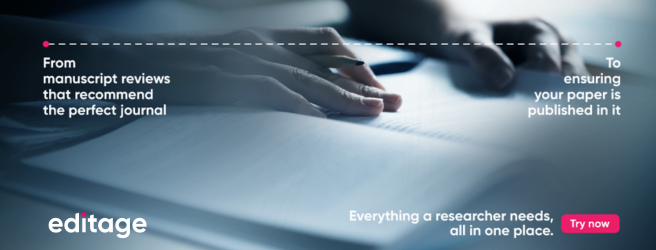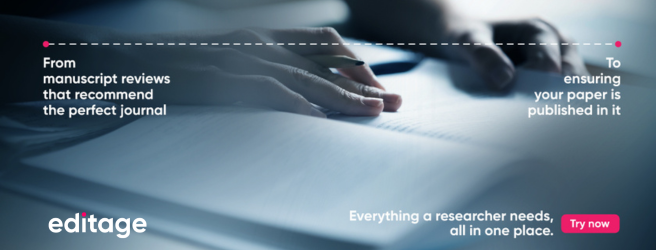What should authors focus on—scientific inquiry or manuscript formatting?

As an academic copyeditor who helps authors prepare journal-ready manuscripts on a daily basis, I work on a number of manuscripts that need to be formatted as per guidelines stipulated by a journal. These guidelines range from basic instructions on paper size and language style to exhaustive guidelines on formatting manuscript sections, presenting data, or citing sources. Formatting guidelines are intended to help maintain consistency in aspects such as spelling or punctuation and to present data clearly (e.g., reference lists). The Chicago Manual of Style (CMS) is a good example of a style guide that lays down recommendations for every aspect of manuscript preparation, from capitalization of specific nouns to specifying date formats. While journals might not reject manuscripts exclusively over matters of style, most journals give a lot of weightage to such matters. Authors spend much time and effort in formatting their papers before submitting them to journals, but journals are known to reject more papers than accept them and authors have to put in an equal amount of time and effort, if not more, to format the paper following the instructions of a different journal.
What should authors focus on?
Although standard formats, such as CMS, do make it slightly easier for editors and reviewers to see all manuscripts in a consistent style, the advantages style guides/formatting guidelines offer are limited. The question that then arises is whether journals’ focus on manuscript format is misplaced and whether they should instead direct their attention to the quality of science in a manuscript. Based on my experience in editing and formatting manuscripts for authors, I am inclined toward the latter; that journals now need to reconsider the importance they place on style guides and formatting when soliciting contributions from authors. Authors of manuscripts are primarily researchers and they need to focus on the issues that journals really care about—clarity, novelty, language, compliance with publishing ethics, and a few basic requirements of formatting. A reviewer will notice that a table or figure is missing or that a figure or table is not cited in text. Authors need to ensure that the study is novel and of value to the field, the text is grammatically accurate, ideas flow logically, the paper meets the stipulated word count limit, and at least the references are structured in the format prescribed by the target journal. Focusing on these issues, while at the same time not completely ignoring matters of style, can bring authors a step closer to getting published.
Paving the way—Elsevier and Wiley
As an attempt to address the issue of authors spending a lot of time in formatting manuscripts and to simplify the submission process, Elsevier (one of the leading journal publishers) launched the Your Paper, Your Way (YPYW) initiative. YPYW follows a submission process that focuses on the quality of the science in the initial stages of submission and only requires authors to include elements needed for eventual production at the revision stage. As long as a scientific paper includes the key elements—title, abstract, introduction, materials and methods, results, discussion (or results and discussion combined), references, tables, and figures and figure legends—it is acceptable. This easier submission process saves authors time and effort when dealing with rejections, and may help them prepare manuscripts for other journals faster.
YPYW has been adopted by several Elsevier journals. Every journal that offers YPYW clearly indicates this at the beginning of its Guide for Authors on the Elsevier website, which states that authors can choose to submit their papers in a single Word or PDF file to be used in the refereeing process. Only when their paper is at the revision stage do they need to ensure that it is in the “correct format” for acceptance.
The highlight of the YPYW initiative is that it stipulates no strict format even for references. It is a known fact that reference lists can run into several pages and authors spend a lot of time formatting every entry in the reference list. Needless to say, the YPYW initiative has been favorably received by authors, as it makes the submission process simpler and saves them a lot of time.
Wiley, too, does not require authors to replicate the layout prescribed by the journal at the time of submission. Wiley journals only require authors to supply their manuscripts in a clear, generic, and readable layout, with all relevant sections included. They state that their production process will handle all aspects of formatting and style. This can save authors hours of tedious formatting and reformatting work when submitting their manuscripts to other journals.
To conclude, these initiatives adopted by publishing giants have received a positive response from authors thus far. Such an approach will help them to focus on their research more than the formatting of their manuscript. It might be worthwhile for other journals and publishers to consider simplifying their submission requirements. However, a clear understanding of the cost implications of such initiatives on the publication process and their sustainability in the long run needs to be developed.
Published on: Jan 09, 2015
Comments
You're looking to give wings to your academic career and publication journey. We like that!
Why don't we give you complete access! Create a free account and get unlimited access to all resources & a vibrant researcher community.














